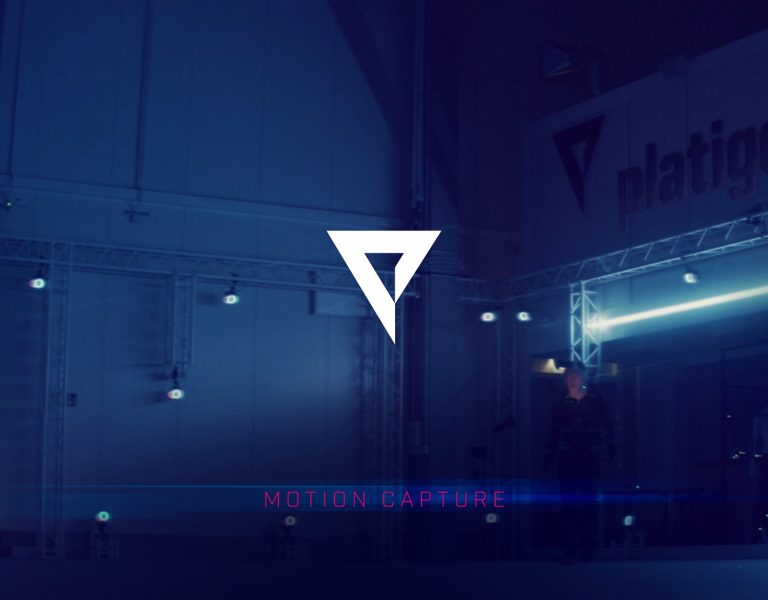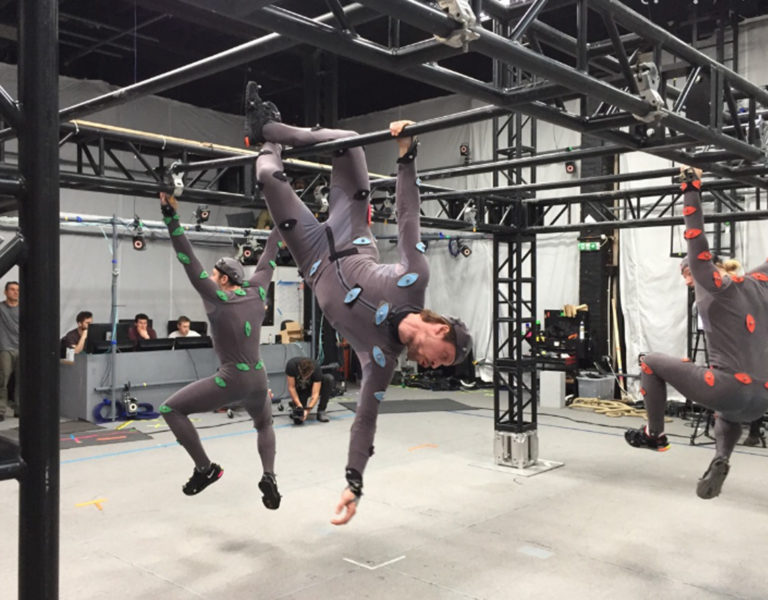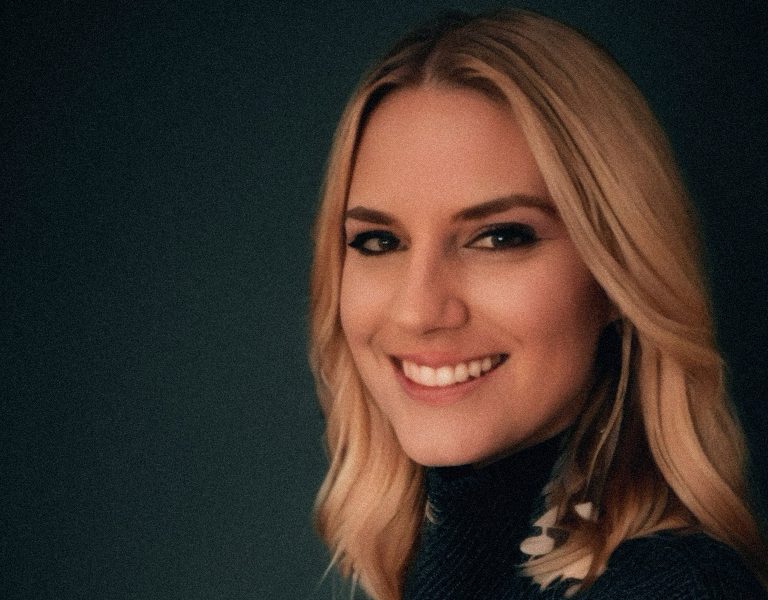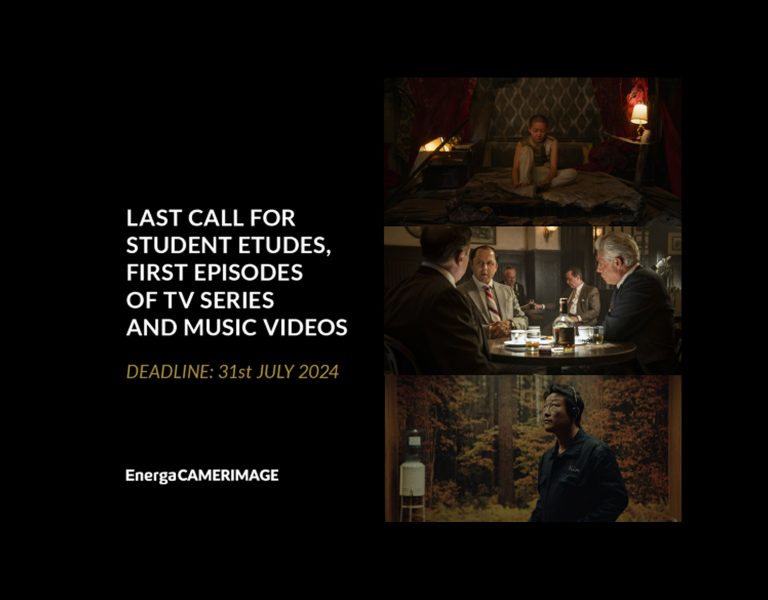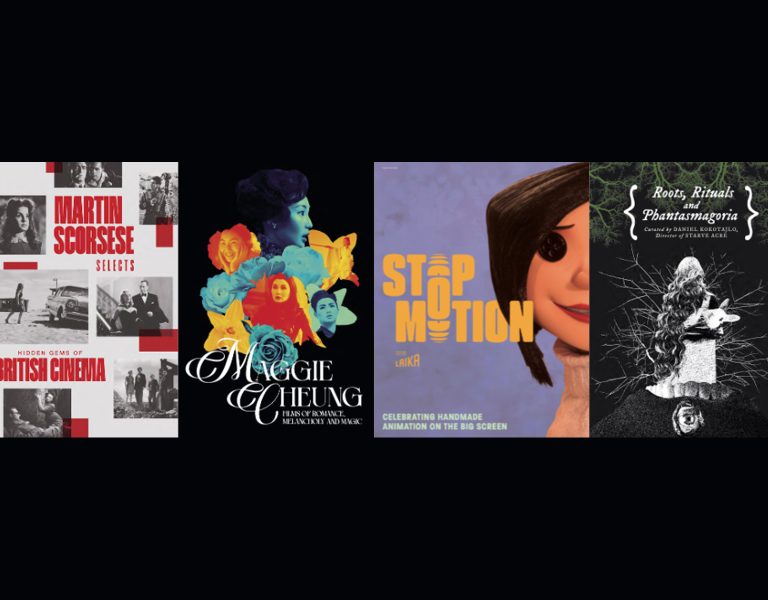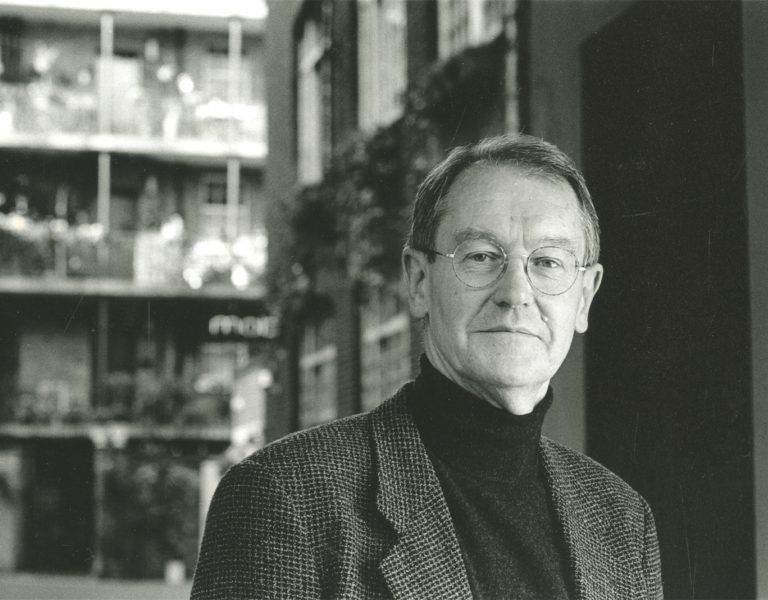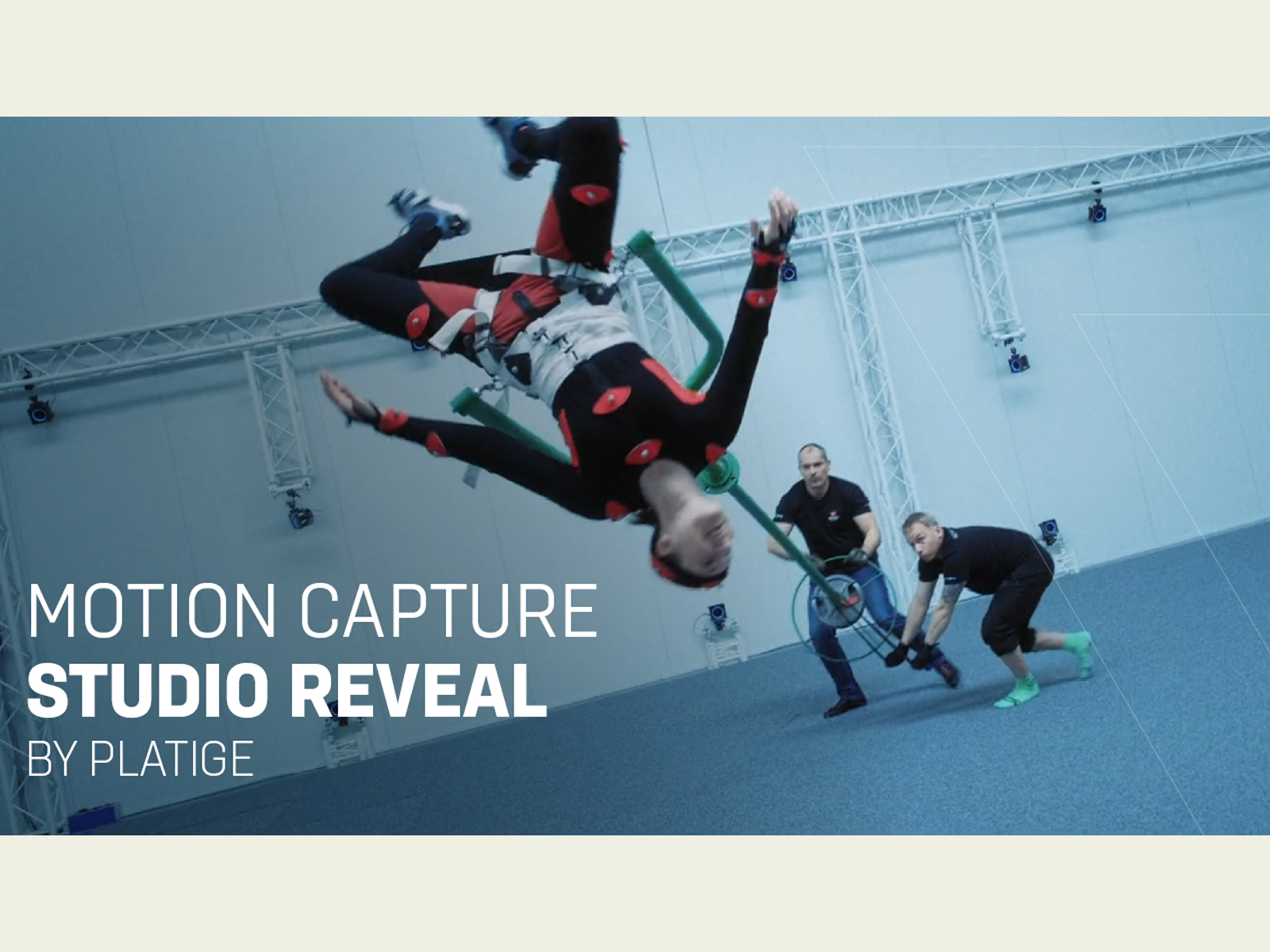
In an exclusive look at Europe’s most advanced motion capture studio, a video has been released showing the behind-the-scenes work of stuntmen and specialists as they create footage for films, TV series, computer games, and commercials.
Running at just under two minutes, the video reveals the meticulous process involved in capturing performances with multiple cameras and transforming them into digital imagery using advanced computer software.
Platige Image’s recently launched studio, established in early 2023, plays a vital role in the company’s 2021-2025 strategy. This strategic investment empowers the company to expand its portfolio not only by producing content for industry giants like Activision, Ubisoft, Sony, and SEGA, but also to undertake larger and more advanced projects.
The Mocap studio in Warsaw stands out for its impressive dimensions, measuring 20m x 13m x 8m. This substantial capture space enables scenes to be produced featuring up to a dozen characters simultaneously for body performance, or up to 4 actors for full performance capture, encompassing body, face, and finger movements. Equipped with 62 OptiTrack PrimeX cameras, the studio boasts a cutting-edge system comprising 4 virtual cameras that provide real-time feedback, autofocus, stabilization, and a focal range spanning from 25mm to 380mm. Overseeing the projects executed in the Platige Mocap Studio is a highly skilled team of more than a dozen experienced directors, supervisors, technical directors (TDs), and animators.
“With a studio of this magnitude and cutting-edge tools at our disposal, we can now handle multiple projects simultaneously. As we have been expanding our presence in global markets over the years, having a technology infrastructure that aligns with the scale of our operations has become crucial,” says Karol Żbikowski, CEO of Platige Image.
Motion capture, a revolutionary computer technology that captures the intricate movements of actors, props, and even cameras through the use of markers, has been a remarkable development since its inception in the 1970s. However, it wasn’t until the 1990s, with the likes of blockbuster films such as Jurassic Park, Terminator, and the reboot of the Star Wars franchise, that this technique became an integral part of movie-making for the silver screen. Since then, motion capture technology has seen tremendous advancements, leading to unparalleled naturalness and astonishing realism in animation. One of the most iconic and widely recognized examples of this progress is the unforgettable portrayal of characters like Gollum (Andy Serkis) and the dragon Smaug (Benedict Cumberbatch) in Peter Jackson’s timeless Hobbit trilogy, as well as the awe-inspiring Na’vi from the groundbreaking film Avatar, released just a decade ago.
“Despite being operational for just a few months, our new studio has already been involved in a number of successful productions. We are currently engaged in additional projects, some of which involve remote sessions, enabling us to serve clients from all over the globe without requiring their physical presence. Through this innovative approach, clients can remotely observe the work’s progress in near real-time, access working files and images, and collaborate with us from any location around the world,” says Krzysztof Krok, Managing Director at Platige Image.

